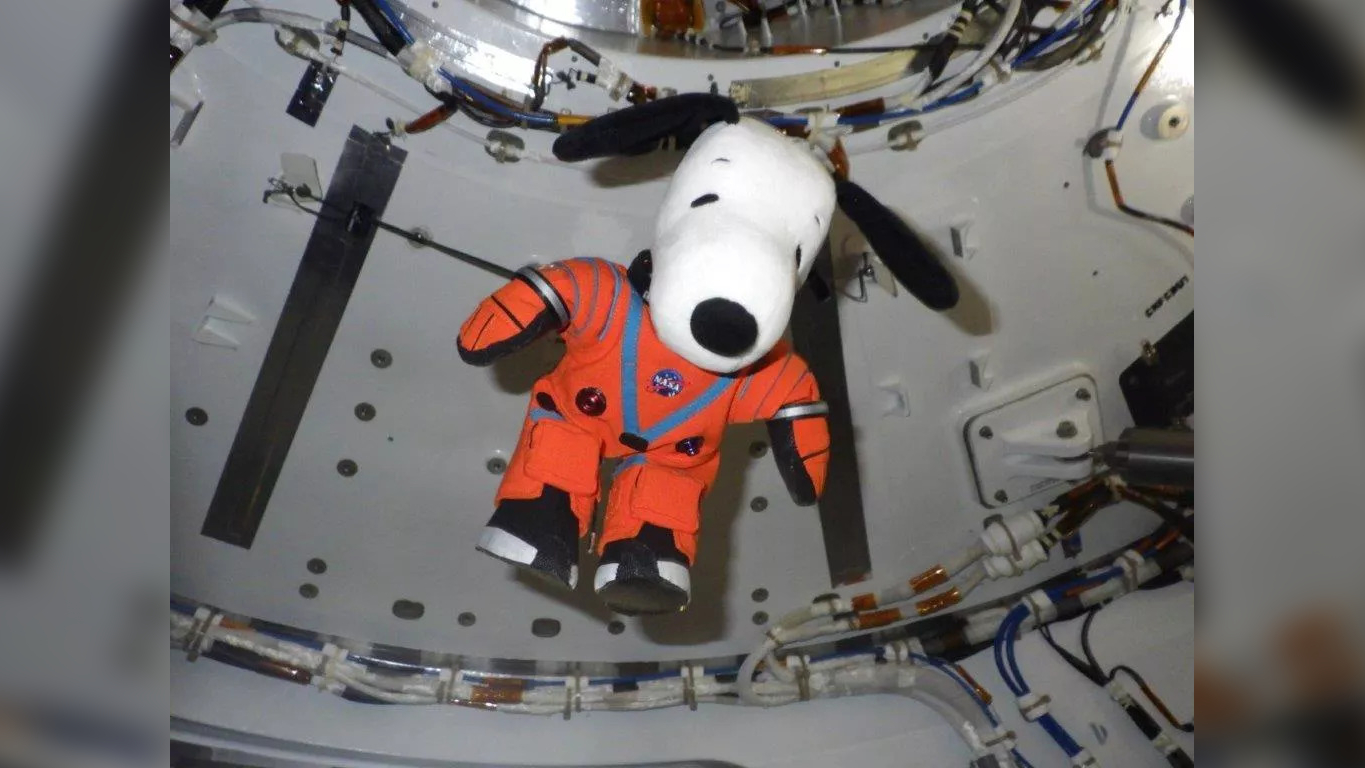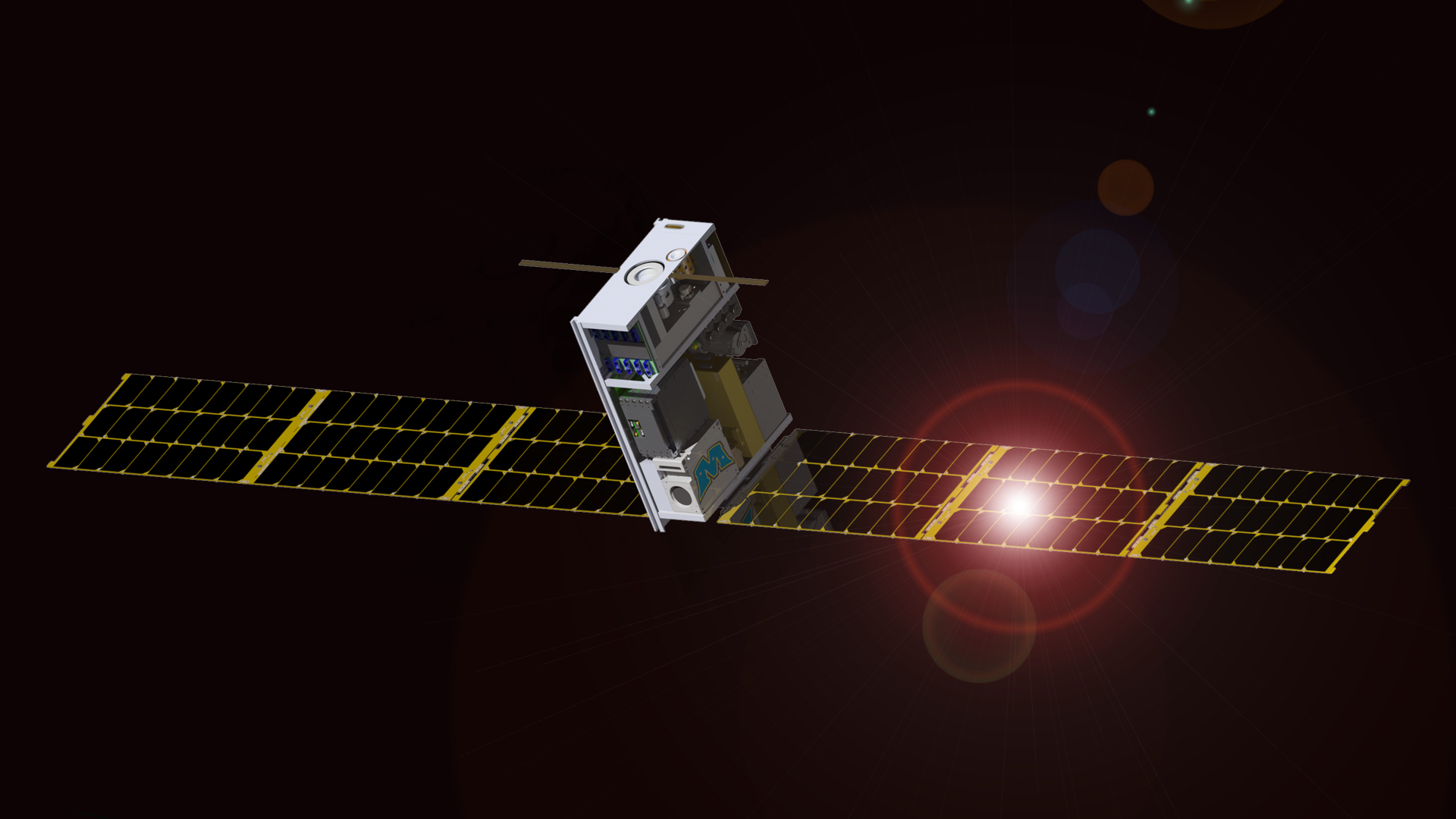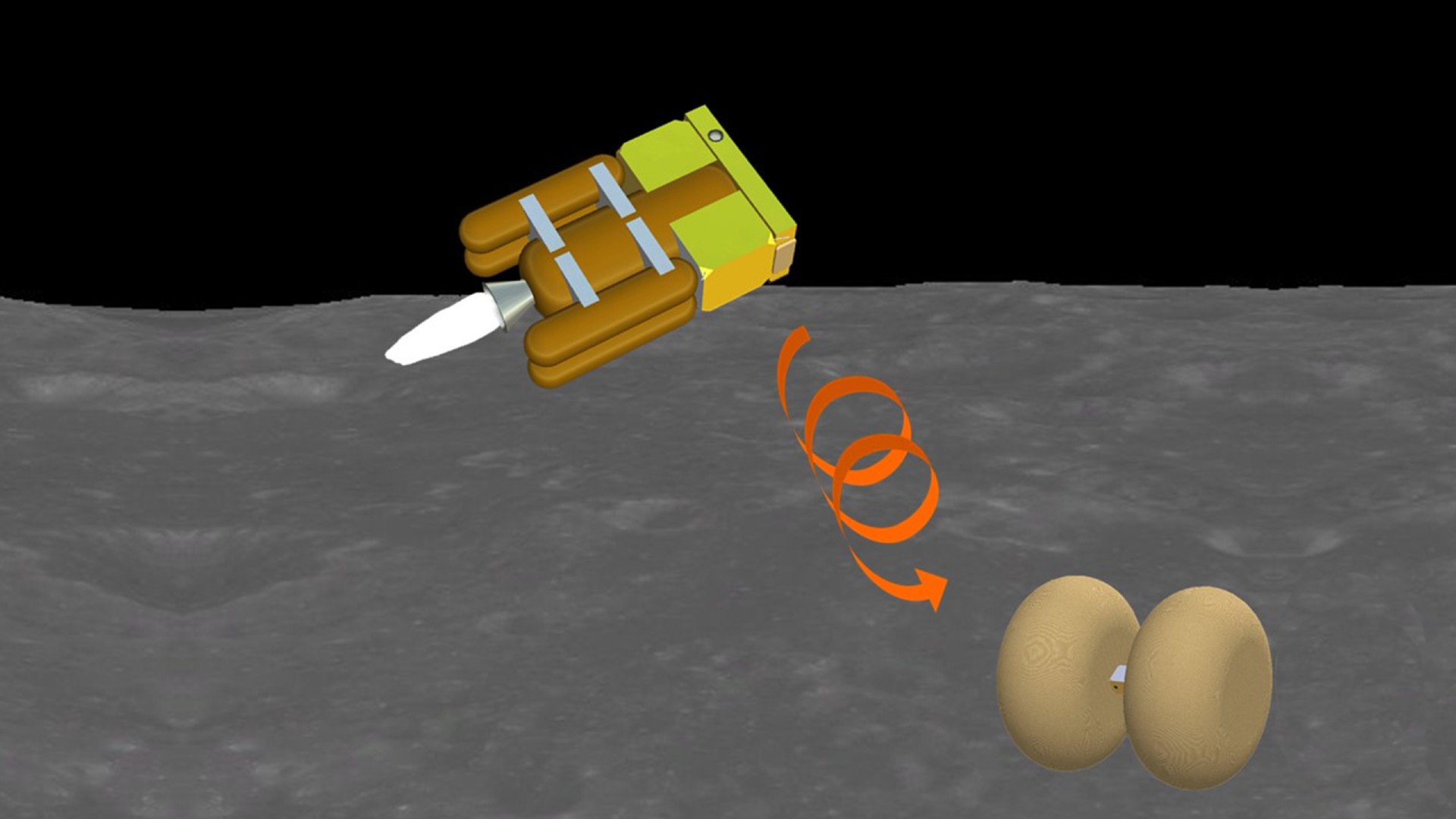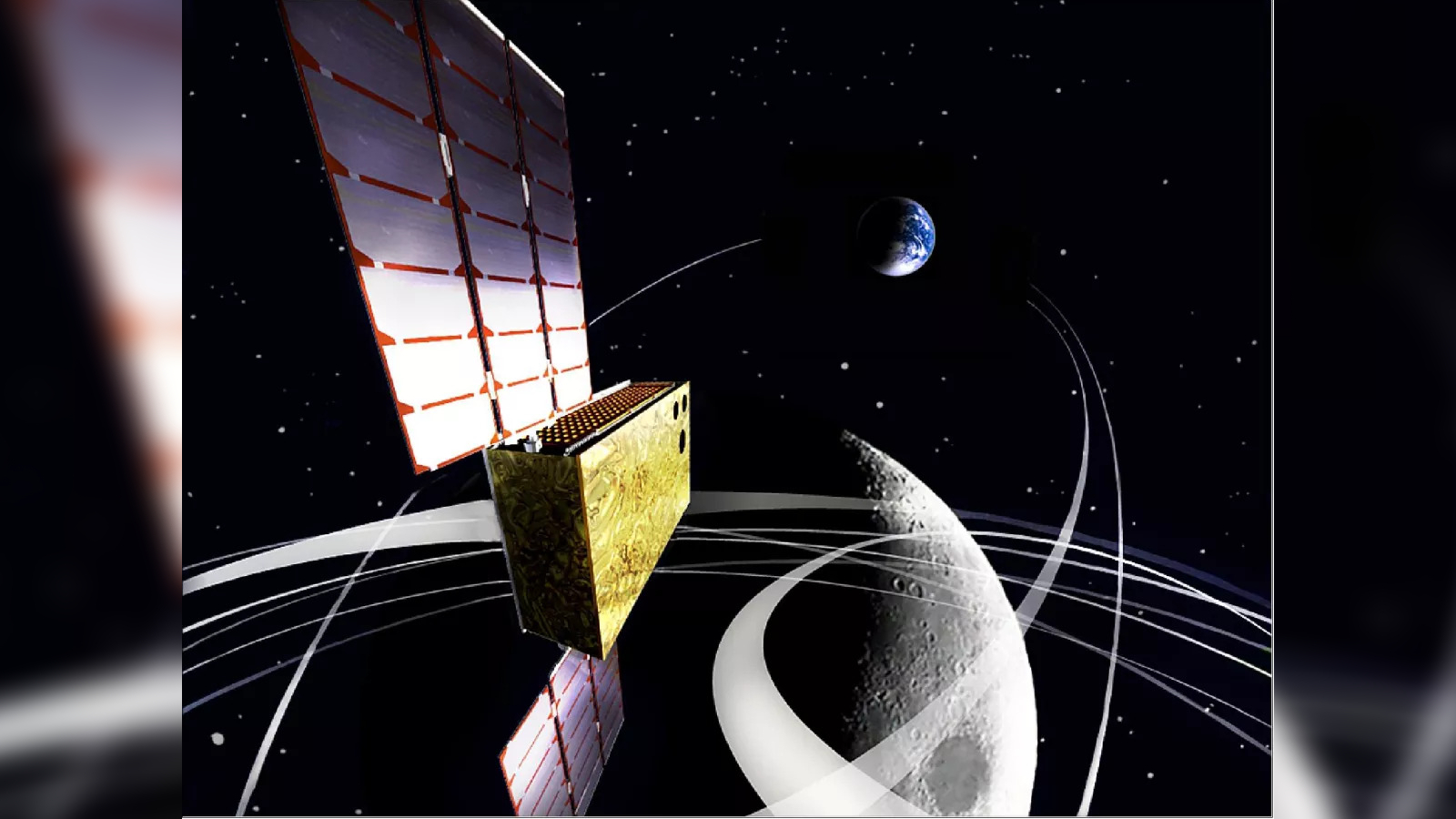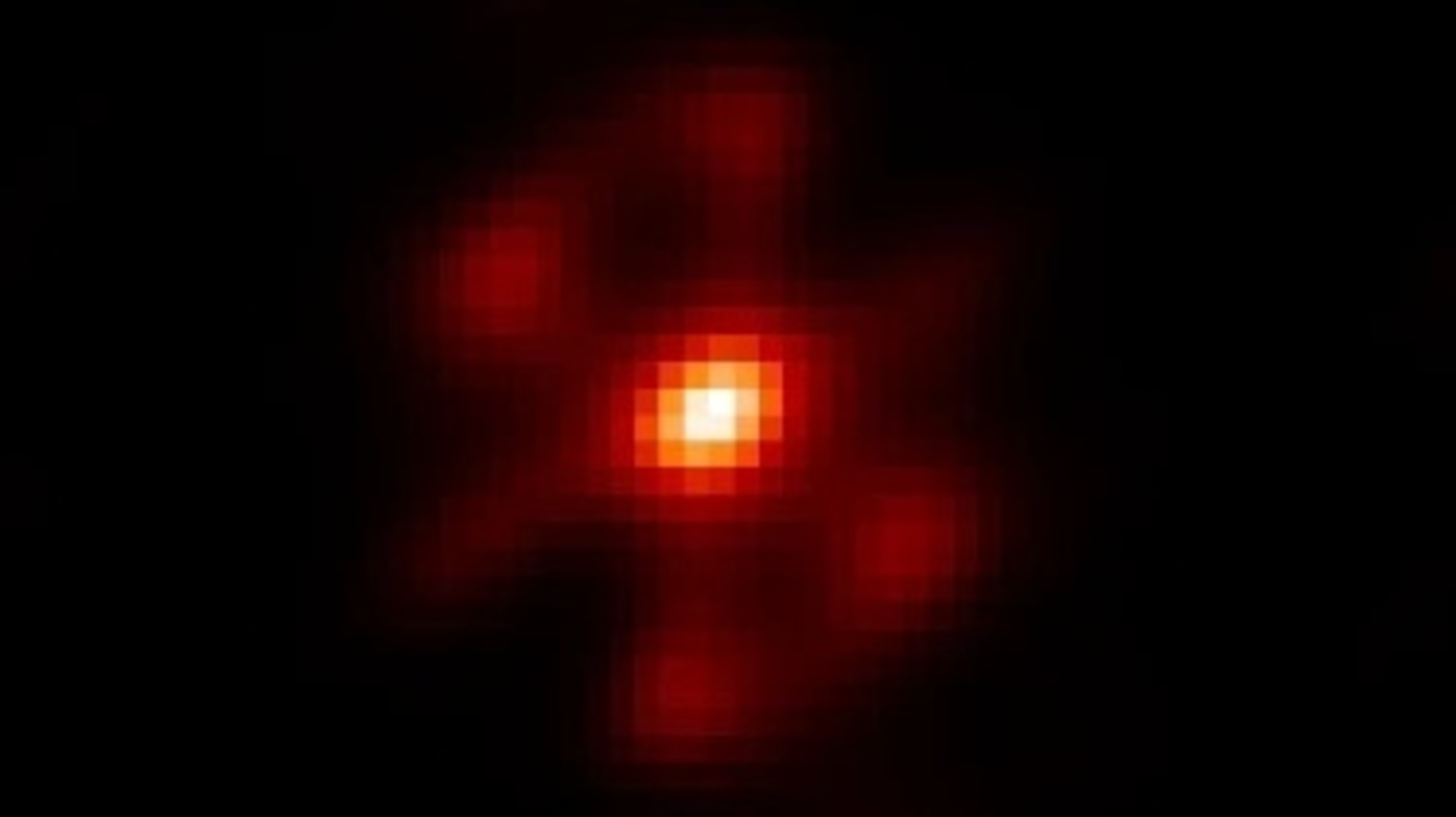10 strange things NASA's Artemis 1 Orion spacecraft took to the moon
A number of strange passengers are hitching a ride on NASA's Artemis 1 moon mission.

NASA's uncrewed Artemis 1 mission, the first of the Artemis program launched on Nov. 16, 2022, carrying an assortment of intriguing cargo into lunar orbit.
From plushies to 'torsos' we take a look at the strangest things to head to the moon and learn why some of them won't be coming back.
To stay up to date with the latest Artemis 1 news check out our Artemis 1 live updates page.
Related: Artemis 1 launch photos: Amazing views of NASA's moon rocket debut
"Callisto, take me to the moon"
Amazon's famed virtual assistant now has experience tasking in space. Alexa has been in power for more than a decade on Earth, controlling many types of devices, such as speakers, phones and home appliances. And a technology demonstration on Artemis 1 called Callisto is based on Alexa's prowess.
Callisto was built to include Cisco's Webex video conferencing software, integrating voice technology, video and artificial intelligence on board the Orion spacecraft, which was built for NASA by Lockheed Martin. The tech "could be used in the future to enable astronauts to be more self-reliant as they explore deep space," Lisa Callahan, vice president and general manager of commercial civil space for Lockheed Martin, said in a 2022 statement exploring the applications.
Who let the dog(s) out?
In a throwback to the famed Apollo program, NASA officials are letting a very special dog out. Snoopy, a star of the Peanuts comic strips that ran from 1950 to 2000, is the zero-G indicator for the Orion spacecraft. The beagle famously landed on the moon in a series of comic strips in 1969, and the Apollo 10 lunar module was named Snoopy in his honor.
Breaking space news, the latest updates on rocket launches, skywatching events and more!
The Artemis 1 Snoopy is spacesuited, wearing a replica of the same pressure suit NASA has for its Artemis astronauts. His association with NASA dates back to 1968 when agency officials asked Peanuts creator Charles Schulz to use the dog's image as a safety mascot. NASA introduced the Silver Snoopy award that year to honor workforce members who made significant strides in mission safety and success in human spaceflight.
LEGO minifigures make a giant leap
Four LEGO minifigures are riding aboard Orion, cosplaying NASA astronauts, with a crew of six LEGO ground controllers supporting the group in space. The quartet includes characters "Kate" and "Kyle" from LEGO Education's SPIKE Prime system, as well as "Julia" and "Sebastian" from the LEGO City toy line.
All four figurines are featured in the "Build to Launch: A STEAM Exploration Series", which includes 10 weeks of digital content about space and science on the LEGO Education website. Parents, educators and students can use the minifigures to learn more about STEAM (science, technology, engineering, art and mathematics.)
Commander Moonikin Campos and company
A famed Apollo 13 engineer's name is returning his lunar mission's spirit of can-do to the moon. NASA opened a naming contest for a "moonikin" (a manikin bound for the moon, laden with two radiation sensors). The winning entry was Arturo Campos, named after an engineer who was key to solving the problem of bringing three people home safely from the moon after a series of critical problems beset Apollo 13 in deep space.
Joining Campos are Helga and Zohar, two manikin torsos from the German space agency (known by its German acronym DLR). Each of the DLR pair is fitted with 5,600 sensors to measure radiation, and Zohar will wear an AstroRad radiation protection vest.
The three simulated astronauts will show how much risk to astronauts comes from moving outside the Van Allen radiation belts that shield Earth's lower orbits from radiation. Astronauts are more vulnerable to cosmic rays from deep space when they reach high Earth orbit and beyond, but the risk is still being quantified.
A lunar water hunter
NASA is on the hunt for water supplies to keep astronauts going on the lunar surface, which is where Lunar IceCube comes in. The cubesat is designed to look for water and other potential resources on the moon, to reduce the amount of material astronauts need to ship from Earth (and save on cost and complication.)
Its key instrument is capable of seeking ice and wisps of exospheric (trace atmosphere) water vapor. The Lunar IceCube team — led by NASA's Goddard Space Flight Center, Morehead State University and the Busek Company — say the little cubesat will map resources for future explorers to consult.
A giant leap for lambkind
In what has been dubbed a "giant leap for lambkind", Shaun the Sheep is flying well beyond the borders of Shropshire for his eponymous kids' show in the United Kingdom. Shaun's journey was documented in a series of European Space Agency (ESA) blog posts, including one that showed the ovine "training" on a parabolic aircraft.
Shaun, sporting an ESA flight suit, made it to space for the 15th anniversary of his first television series in 2007, although his first appearance overall was in 1995 in the short film "A Close Shave." The TV series has been seen in 180 countries. Shaun also stars in two feature-length films, the latest in 2019 featuring a visitor from outer space in "A Shaun the Sheep Movie: Farmageddon."
Boldly go where no yeast has gone before
Living organisms from Earth were tasked with the deepest space journey yet aboard a cubesat called Biosentinel, which is part of the Artemis 1 manifest. (Biosentinel didn't ride aboard Orion; it and nine other cubesats were packed into the SLS upper stage.) The effect of space radiation on yeast cells will be quantified in the cubesat's orbit around the sun, which will be pretty close to that of Earth.
Yeast cells, like human cells, carry genetic information in double strands of DNA. The cells are thus a model organism to better understand how radiation affects humans exposed to similar conditions.
"We hope that we can extrapolate our resource to human biology and inform potential countermeasures for future missions," lead scientist Sergio Santa Maria, of NASA's Ames Research Center, said of BioSentinel in August 2022.
Dinky lunar lander
A tiny nanolander is the only part the Artemis 1 manifest tasked with deliberately alighting on the moon's surface. It's a small spacecraft, at just 2.2 pounds (1 kilogram), and is designed to fly toward the moon after detaching from a cubesat in lunar orbit.
Called the Outstanding Moon exploration Technologies demonstrated by Nano Semi-Hard Impactor (OMOTENASHI), the landing tech leverages experience gained by its maker, the Japanese Aeroscape Exploration Agency (JAXA). On the Hayabusa2 mission, JAXA successfully deployed a series of landers on the asteroid Ryugu, which has lower gravity than the moon but similar dusty conditions.
A solar sailing asteroid hunter
Another cubesat, NEA (Near-Earth Asteroid) Scout will use a solar sail to travel to a target asteroid. During its roughly two-year mission, NEA Scout will image the asteroid with NEACam, a 20-megapixel image sensor, to learn more about the asteroid's rotation, shape, dust and position in space.
The image data will help future asteroid missions with landing and may also tell scientists more about how these space rocks formed and evolved. Learning more about asteroids is helpful as they represent the leftover building blocks of the solar system in its early history, some 4.5 billion years ago before Earth and other planets formed.
A water-propelled spacecraft
The EQUilibriUm Lunar-Earth point 6U Spacecraft (EQUULEUS), another JAXA entry with assistance from the University of Tokyo, is designed to explore radiation in an orbit between the Earth and the moon. The cubesat has a novel water propulsion system that allows it to minimize conventional fuel usage.
Mission managers are collecting data on the plasmasphere, which is the inner region of the magnetosphere. This zone has "cool" plasma, which refers to gas with atoms stripped of electrons. It's a potentially useful radiation experiment and may also assist with planning low-energy lunar flybys on future missions.

Elizabeth Howell (she/her), Ph.D., was a staff writer in the spaceflight channel between 2022 and 2024 specializing in Canadian space news. She was contributing writer for Space.com for 10 years from 2012 to 2024. Elizabeth's reporting includes multiple exclusives with the White House, leading world coverage about a lost-and-found space tomato on the International Space Station, witnessing five human spaceflight launches on two continents, flying parabolic, working inside a spacesuit, and participating in a simulated Mars mission. Her latest book, "Why Am I Taller?" (ECW Press, 2022) is co-written with astronaut Dave Williams.

